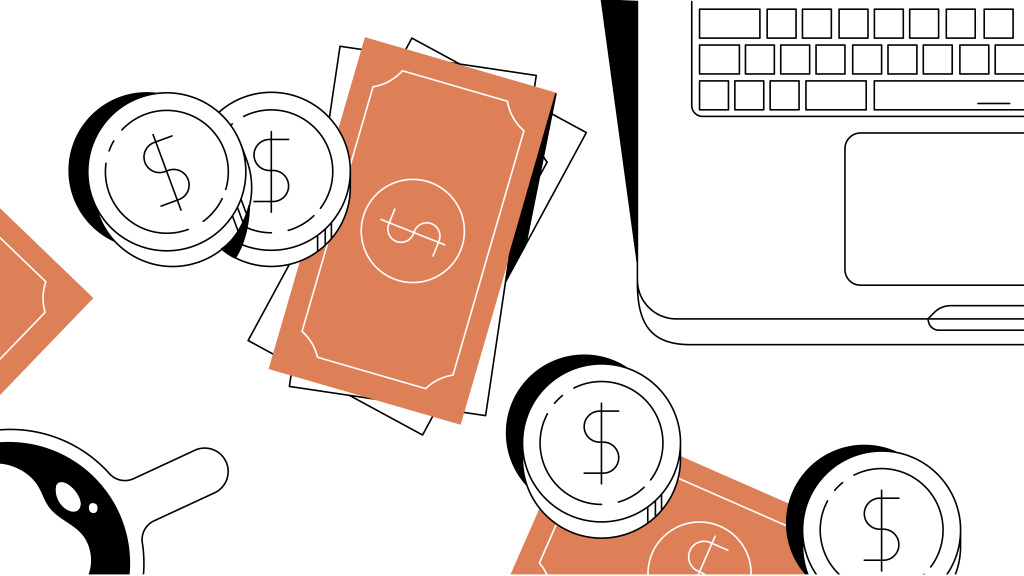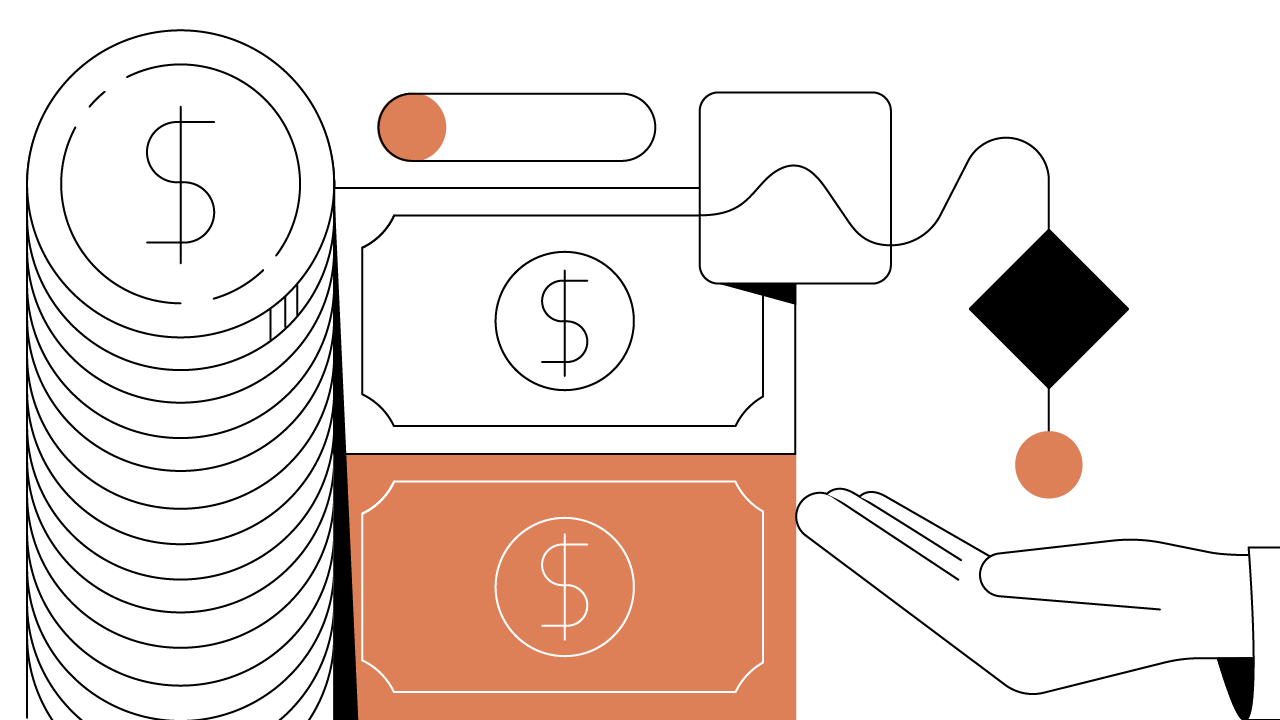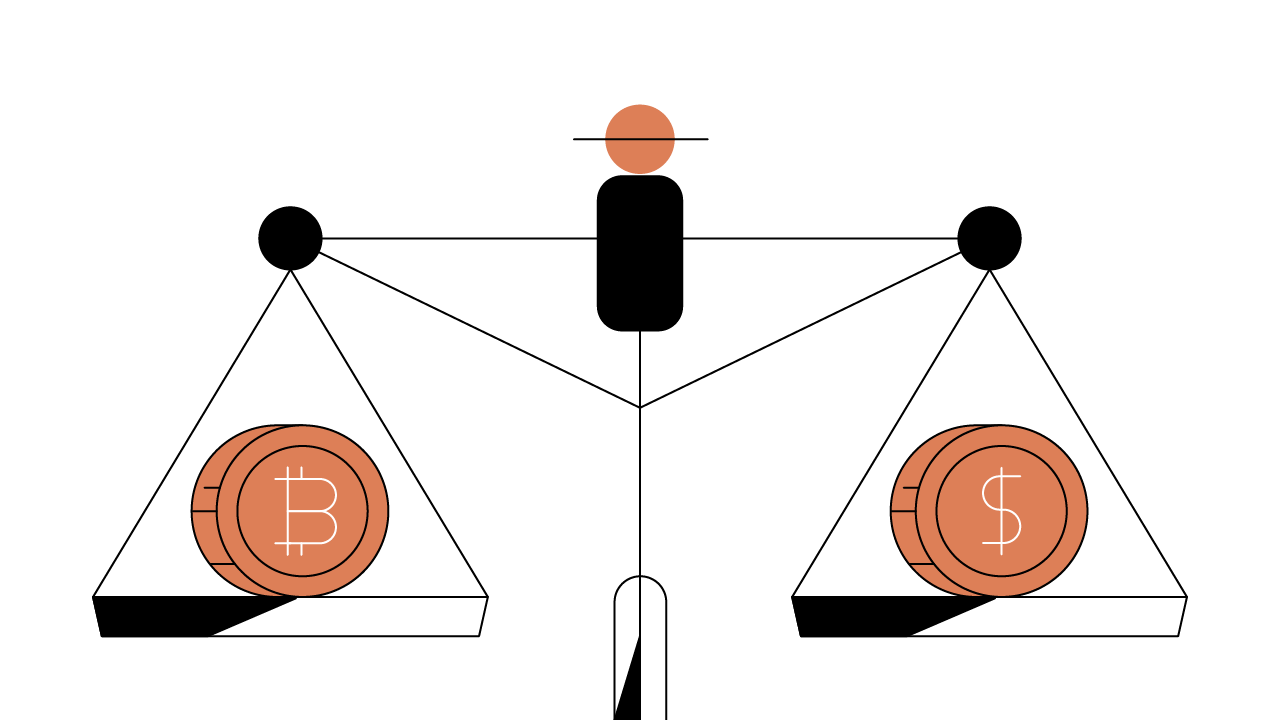Contents
What Is Fiat Currency?
Fiat currency has been detached from the value of gold for more than 50 years. Learn why fiat still fuels almost every financial transaction in the world.
Updated March 10, 2022 • 3 min read

Summary
Money is anything that can act as a medium of exchange, store of value, and unit of account. More specifically, fiat currency is money that lacks intrinsic value, instead deriving its worth from its status as legal tender via central banks. To achieve widespread utility, fiat currency must also be durable, portable, divisible, uniform, and limited in supply. Since emerging in the 11th century, fiat has remained the dominant mode of transaction, though there have been foundational changes to the way it is produced. Despite facilitating crucial economic activity, fiat is susceptible to fiscal and monetary crises.
Fiat Currency: Background and Considerations
Fiat currency has underpinned almost every financial transaction that has taken place since the mid-20th century. As the medium of exchange for engagement in economies of any scale, fiat is the foundational unit of modern financial markets. While value and exchange are core concepts in human civilization, fiat currency lacks intrinsic worth, instead deriving value from its status as government-issued legal tender. While this concept goes as far back as 11th century China, it was only in the 20th century that fiat currency became detached from tangible sources of value like gold.
While governments may be in control of monetary policy, the practical value of fiat currency is also entirely dependent on how holders perceive its value and resulting utility. For fiat to function as money, people must have faith in its validity, worth, and future value. For example, a consumer must be confident that they can utilize fiat to purchase groceries, a car, or even a house — and that it will still have value if they wish to one day trade it again. The system only works insofar as the collective of individuals who use it perceive and trust in that value.
The Gold Standard
Fiat represents the next iteration of money to follow the gold standard. The United States officially adopted the gold standard in 1879 and pegged its dollar to the price of gold, a system which would not be fully terminated until 1971. During this time, the U.S. monetary supply was reliant on gold reserves, preventing the unchecked printing of money and fluctuations in its value. However, the gold standard suffered a number of short-term price shocks, and a lack of global cooperation left the system broken.
In 1971, U.S. President Richard Nixon introduced a law halting the direct conversion of U.S. dollars to gold, effectively ending reliance on the gold standard around the world and establishing the dollar as the global reserve currency. This momentous decision was a catalyst for global economies and the extreme, but inequitable, financial growth that has defined the late-20th and early-21st centuries.
With the advent of decentralized digital currencies presenting the first legitimate alternative to fiat currency, it’s a great time to brush up on the basics.
Fiat Is One Variation of Money
As long as money operates effectively as a medium of exchange, store of value, and unit of account, it can hold the title of “money.” Livestock such as cows, goats, sheep, and camels are among the oldest forms of money. Before metal coins, cowrie shells from the Pacific and Indian Oceans were the most widely used form of money in those regions.
Medium of exchange: Money is an effective medium of exchange. Consumers need to know they can easily purchase the goods and services they need. For example, there should be no question as to whether a grocery store clerk will accept money as payment for groceries or whether a bank will accept money as a mortgage payment.
Store of value: Money operates as a store of value. For money to function, consumers need to know it will retain value over a reasonably long period. For instance, if someone earns $500 over two weeks, they need to know it will keep its value until payday. The assurance of stable value is crucial to building a sense of security.
Unit of account: Money is a unit of account, which means it presents a way of measuring the value of every economic transaction. For example, money expresses the cost of a $50,000 car in relation to a $20 t-shirt. Without a unit of account, there’s no way to determine the intrinsic value of goods and services.
Characteristics of Fiat Currency
To be considered fiat currency, the medium must be durable, portable, divisible, uniform, and controllable in supply. These characteristics will determine how something performs as a medium of exchange, store of value, and unit of account. Drawing comparisons between a $100 bill and an elephant can assist in displaying the necessary traits of fiat.
Durability: The physical durability of fiat is an important consideration. A $100 bill is quite durable, as is an elephant, but to varying degrees.
Portability: How portable money is will determine its suitability as fiat currency. For instance, a $100 bill will easily fit in a pocket — an elephant, not so much.
Divisibility: Fiat currency needs to be divisible to act as a unit of account. A $100 bill is divisible into smaller bills; an elephant isn't divisible.
Uniformity: A $100 bill is always the same size, shape, and value, but an elephant can come in many different shapes and sizes.
Limited supply: Fiat currency needs to have a mechanism controlling the supply of money. Central banks control the supply of $100 bills. Elephants are technically limited in supply, but if elephants were considered fiat currency, there would be an incentive to breed more of them.
Fiat and Digital Currency
Since moving on from the gold standard, countries around the world have come to rely on fiat as a medium of exchange, store of value, and unit of account. Although fiat currency continues to facilitate nearly every transaction on the planet, the concept of money continues to evolve. The rise of digital currency continues to disrupt incumbent institutions as more efficient, less costly infrastructure emerges. As monetary crises and inflation remain major economic issues around the world, consumer desire for money that is not controlled by centralized institutions has grown tremendously. Blockchain-based platforms and cryptocurrencies are laying the groundwork for the next generation of money.
Cryptopedia does not guarantee the reliability of the Site content and shall not be held liable for any errors, omissions, or inaccuracies. The opinions and views expressed in any Cryptopedia article are solely those of the author(s) and do not reflect the opinions of Gemini or its management. The information provided on the Site is for informational purposes only, and it does not constitute an endorsement of any of the products and services discussed or investment, financial, or trading advice. A qualified professional should be consulted prior to making financial decisions. Please visit our Cryptopedia Site Policy to learn more.

Is this article helpful?


